Boost Lawn Density Through Core Aeration
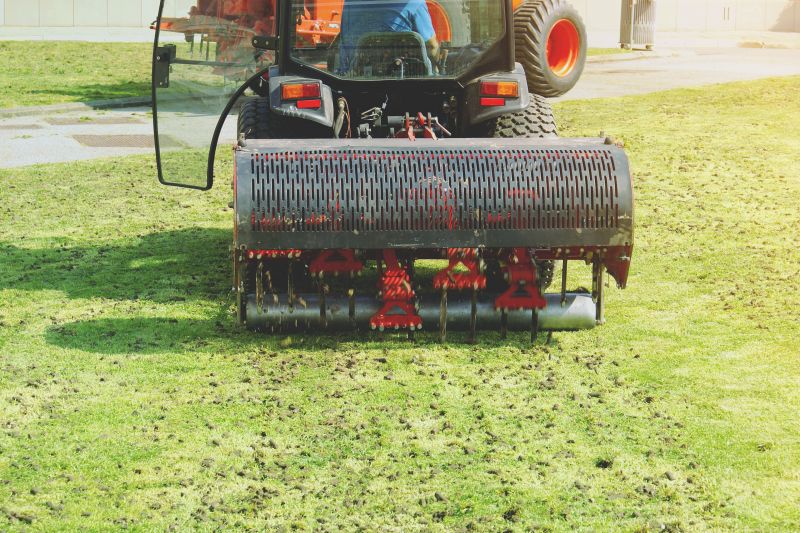
A technician uses a core aerator to perforate the soil, creating small holes to improve soil health.

A homeowner or landscaper marks the lawn area before starting the aeration process.
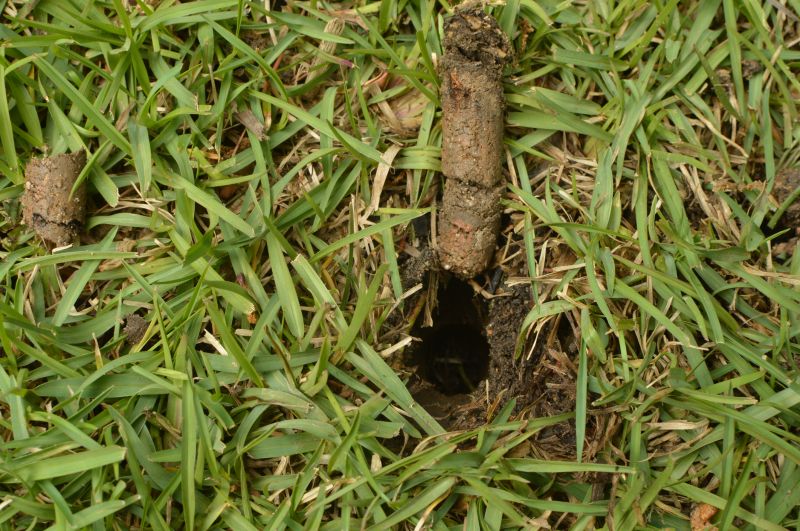
Close-up of soil cores being removed during the aeration process.
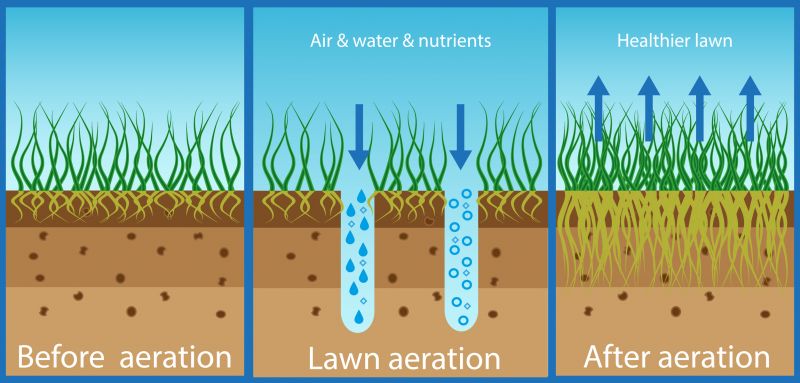
Applying topdressing or fertilizer after aeration to enhance lawn recovery.

Storing aeration tools and machinery in a garden shed.
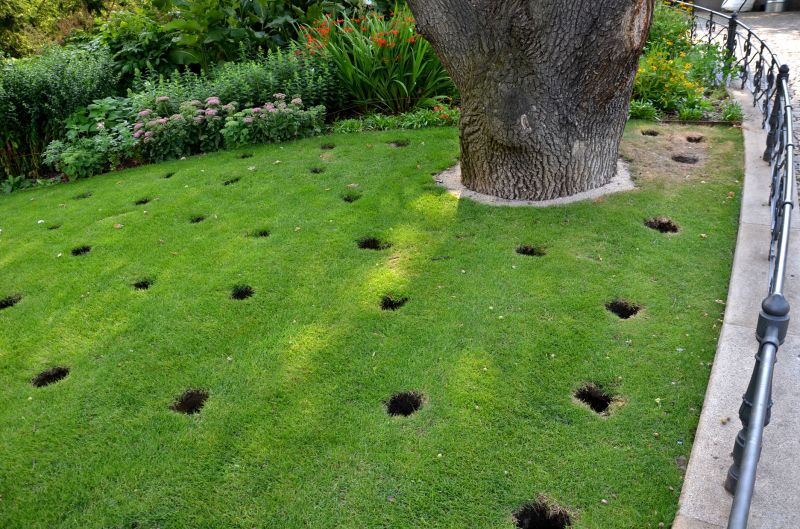
A freshly aerated lawn showing evenly spaced holes for optimal soil aeration.
| Benefit | Description |
|---|---|
| Improved Soil Health | Aeration reduces soil compaction, allowing roots to grow deeper and stronger. |
| Enhanced Nutrient Absorption | Creates channels for fertilizers and nutrients to reach the root zone more effectively. |
| Better Water Management | Increases water infiltration, reducing runoff and pooling. |
| Lawn Recovery | Helps damaged or stressed lawns recover faster by promoting healthy root growth. |
| Reduced Thatch Buildup | Breaks up thatch layers, preventing disease and pest issues. |
| Increased Resilience | Strengthens the lawn against drought, heat, and foot traffic. |
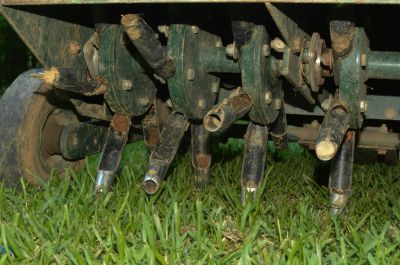
A professional uses a power core aerator to perforate the lawn.
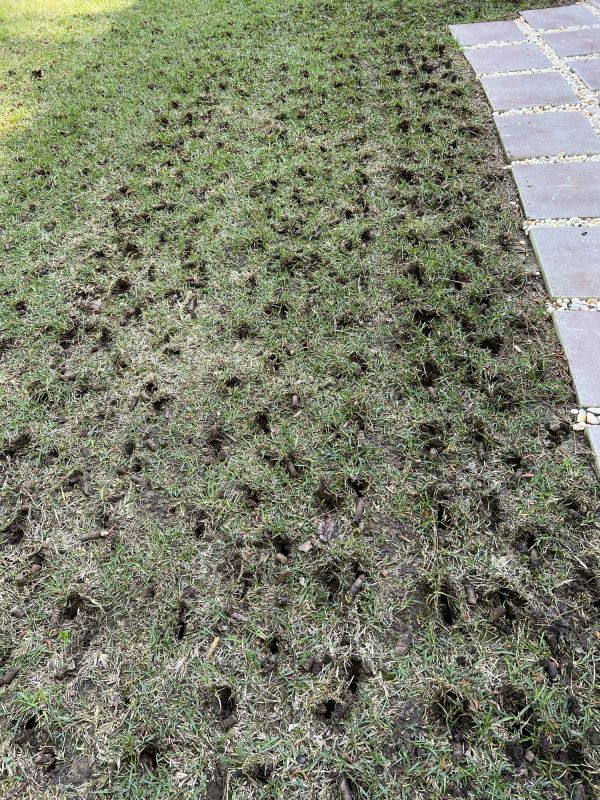
A lawn with visible aeration holes ready for fertilization.
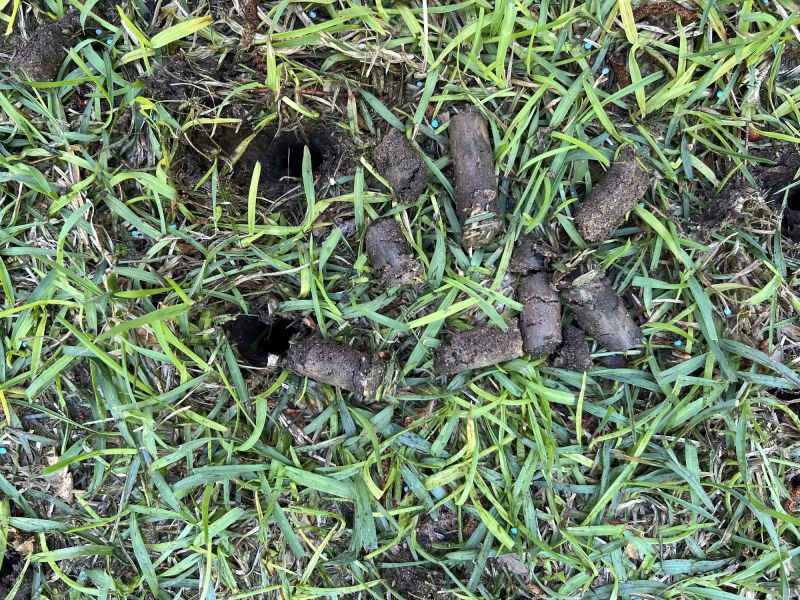
Close-up of soil cores extracted during the aeration process.

Applying topdressing material after aeration to improve soil quality.
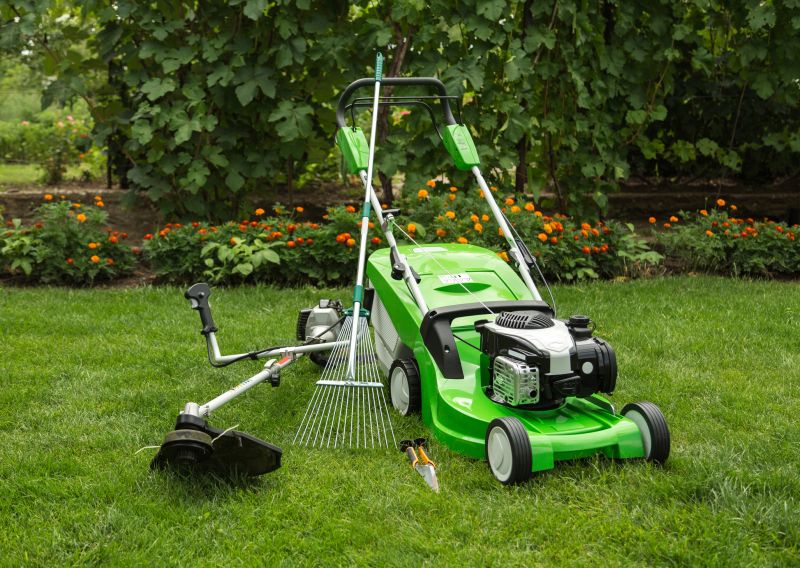
Various tools used for lawn aeration and maintenance.
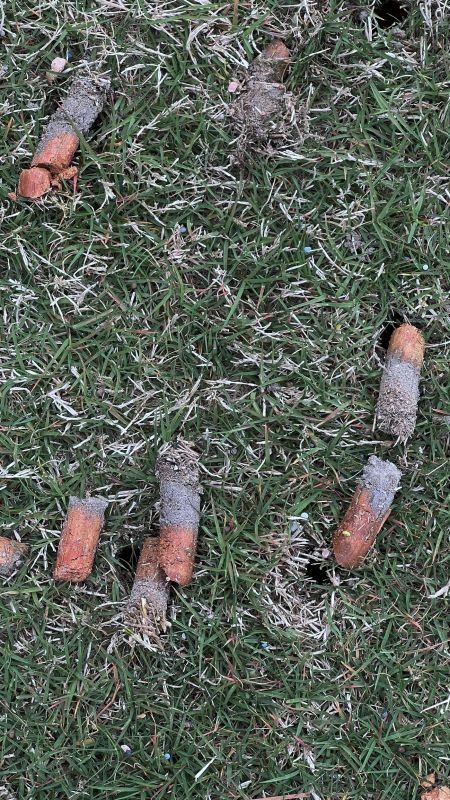
A lush, aerated lawn demonstrating improved grass growth.
Lawn aeration typically begins with assessing soil conditions and selecting the appropriate equipment, such as spike or core aerators. The process involves systematically moving across the lawn to create holes that penetrate the soil, usually spaced evenly to ensure uniform aeration. After perforating the soil, it is common to perform overseeding, fertilization, or topdressing to further promote healthy growth. The timing of aeration depends on the grass type and season, with many lawns benefiting from aeration during active growth periods. Proper equipment handling and technique are essential to avoid damage and ensure effective soil penetration. Post-aeration care includes watering the lawn to help soil cores settle and encouraging grass recovery.
Hiring a residential lawn aeration landscaper ensures that the process is performed efficiently and effectively. Professionals have access to specialized equipment that can aerate the lawn thoroughly and quickly. They understand the nuances of different soil types and grass varieties, allowing for tailored treatments that maximize results. Experienced landscapers also know the best timing and techniques to minimize lawn stress and promote rapid recovery. Additionally, hiring a professional reduces the risk of improper aeration, which can lead to soil disturbance or lawn damage. Their expertise ensures that aeration contributes to a healthier, more resilient yard with minimal disruption. Engaging a professional can save time and effort while delivering optimal lawn health benefits.

A landscaper uses commercial-grade aeration machinery on a residential lawn.

Technician systematically aerates a backyard with precision.

Applying fertilizers and overseeding after aeration to enhance growth.
Regular lawn aeration supports long-term lawn health by preventing soil compaction and promoting vigorous growth. It is recommended to aerate lawns at least once a year, or more frequently in high-traffic areas. Combining aeration with other lawn care practices, such as fertilization and overseeding, can lead to a thicker, greener yard. The process is relatively quick and minimally invasive, with most lawns recovering rapidly after treatment. Consistent aeration helps maintain optimal soil conditions, ensuring that grass roots receive adequate oxygen, water, and nutrients. This proactive approach can significantly improve the appearance and resilience of residential lawns over time.

Close-up of a healthy lawn showing freshly aerated holes.
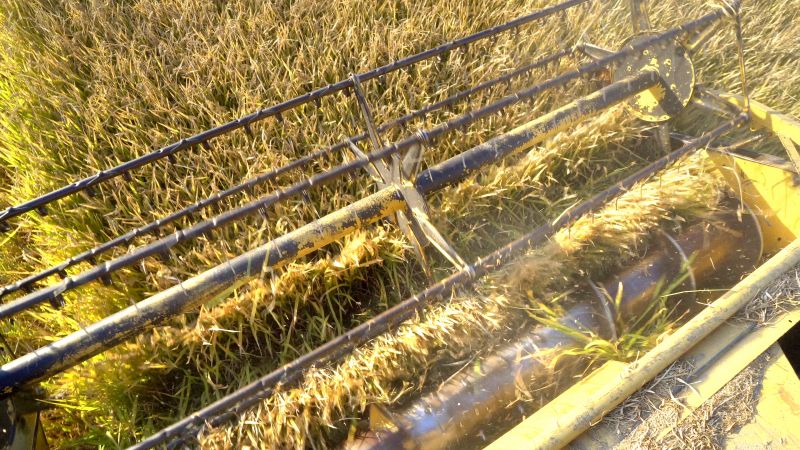
A landscaper uses a core aerator on a residential yard.
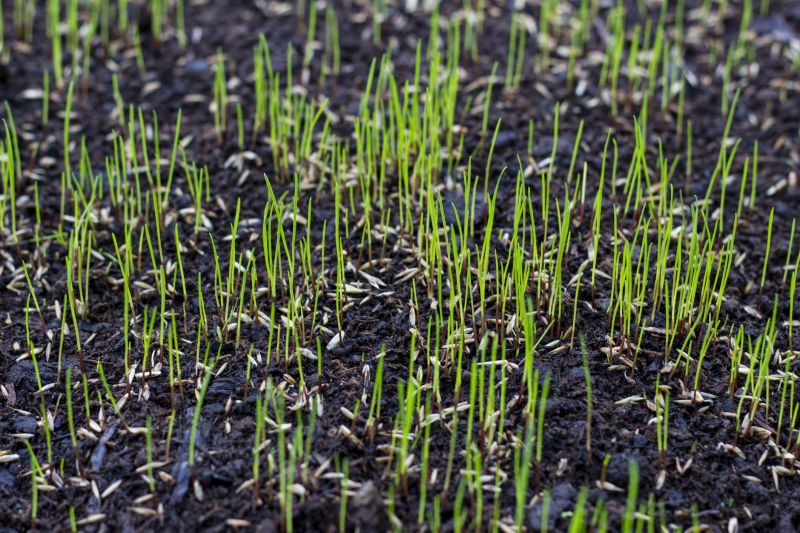
Vibrant, thick grass thriving post-aeration treatment.
Engaging a professional for residential lawn aeration ensures proper technique and timing, leading to better results. Experts understand how to evaluate soil conditions and select the appropriate equipment, reducing the risk of lawn damage. Their experience allows for efficient coverage and minimal disturbance, which is essential for maintaining an attractive yard. Professionals can also recommend complementary services, such as fertilization or overseeding, to maximize lawn health. Regular aeration by a landscaper can prolong the lifespan of the lawn, improve its appearance, and enhance its ability to recover from stressors. This investment in professional care supports a lush, resilient outdoor space year-round.



